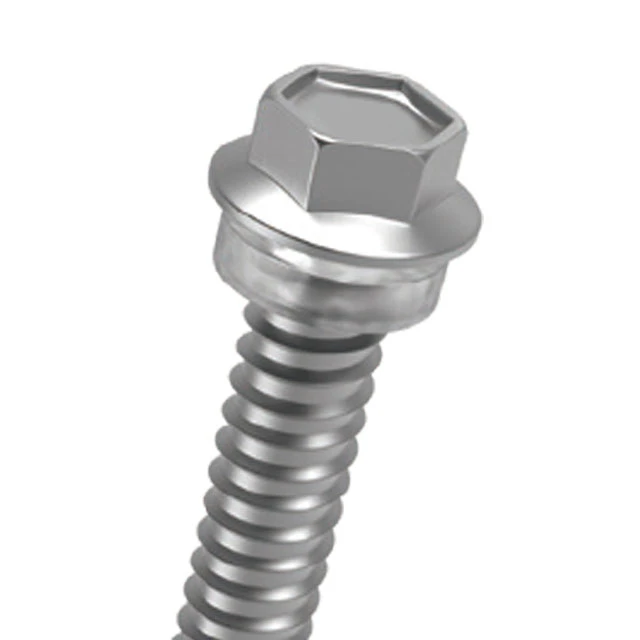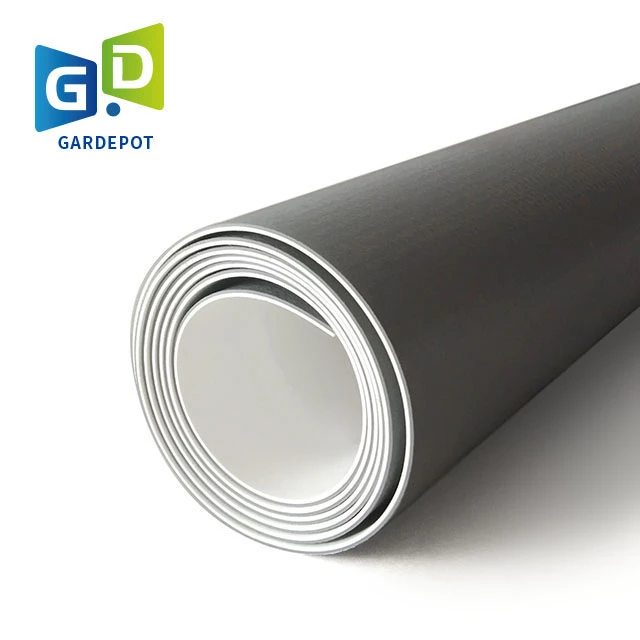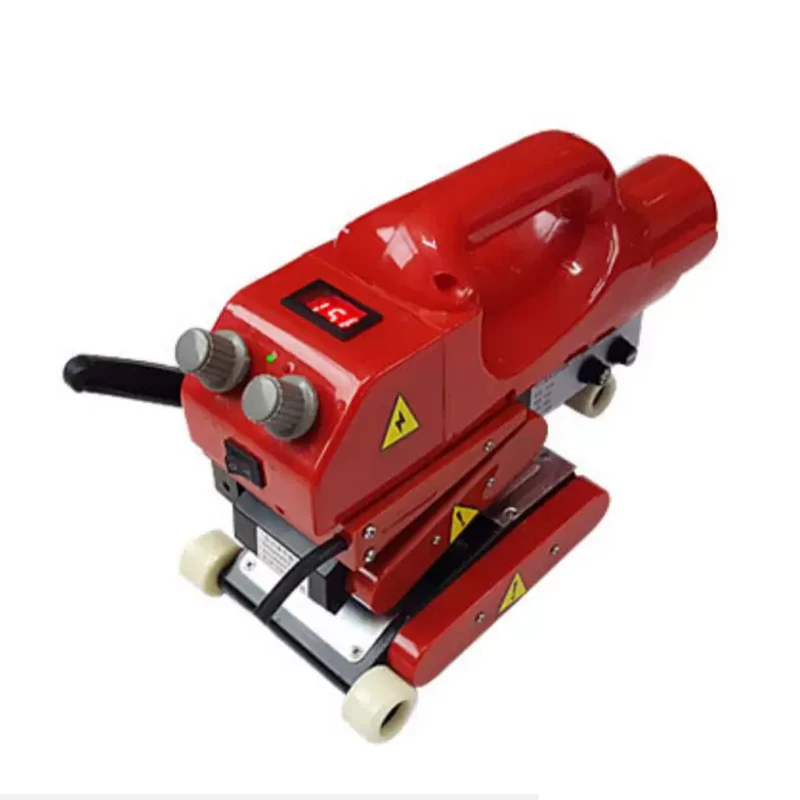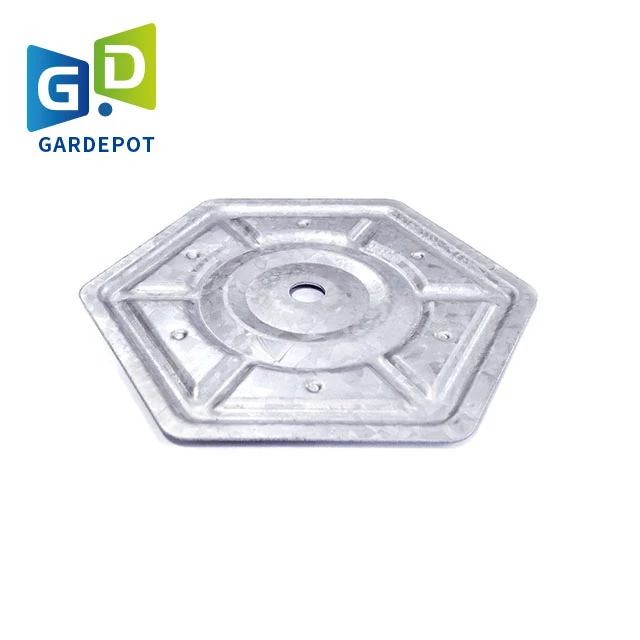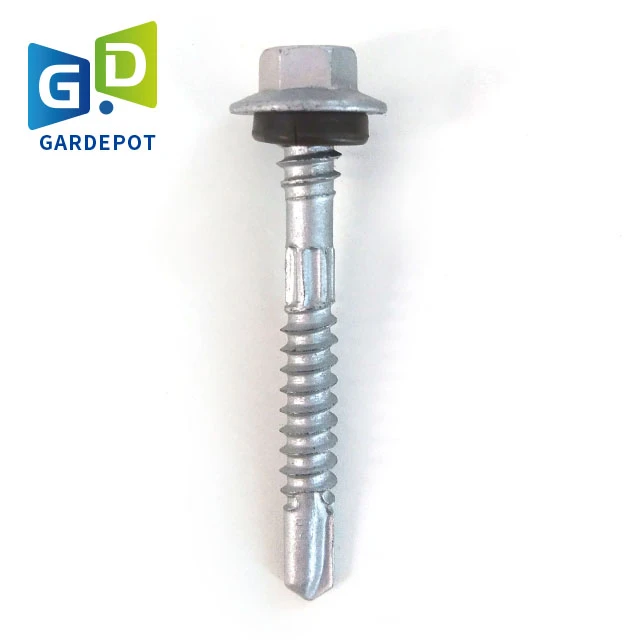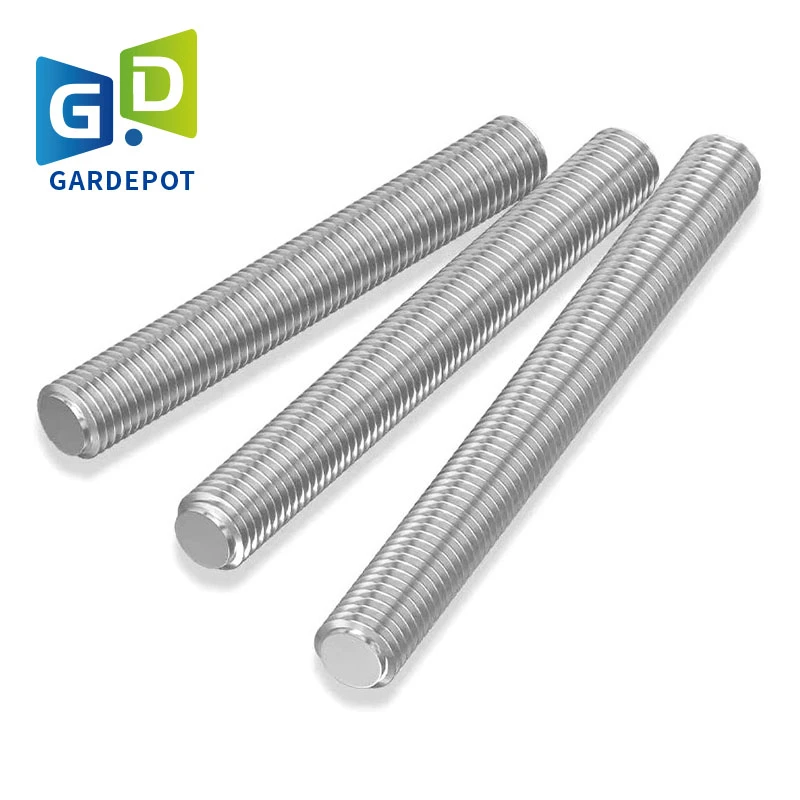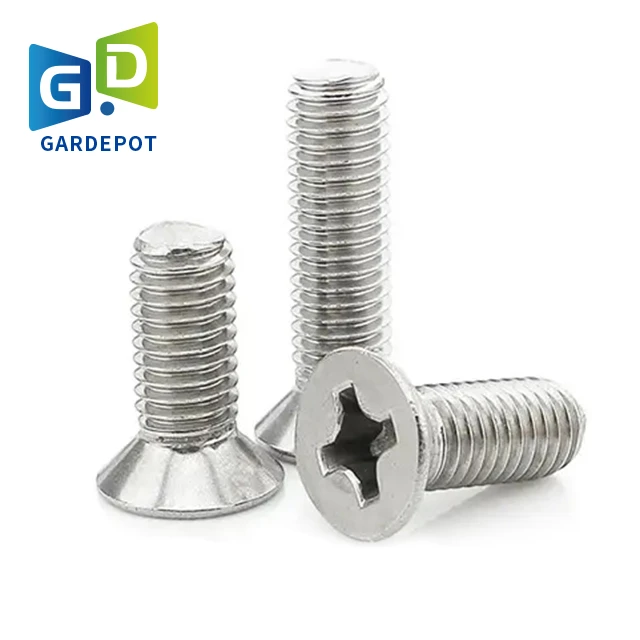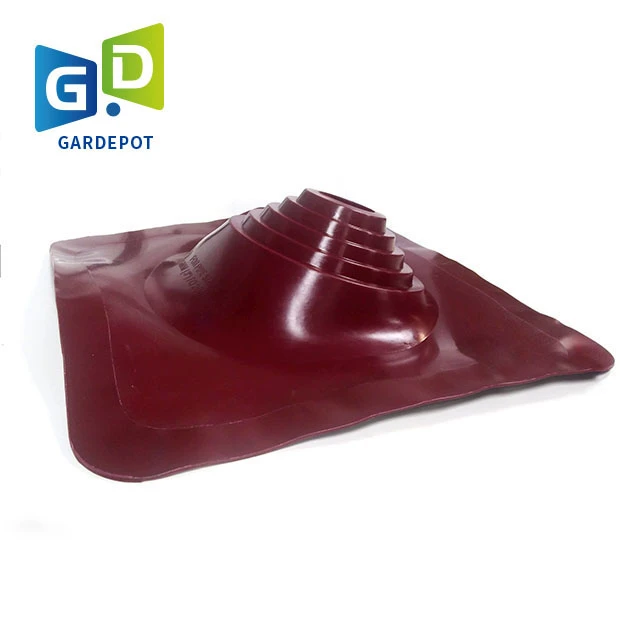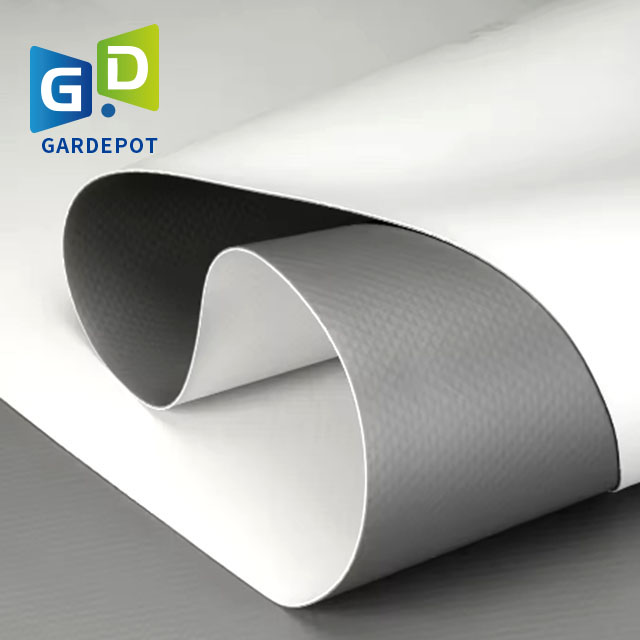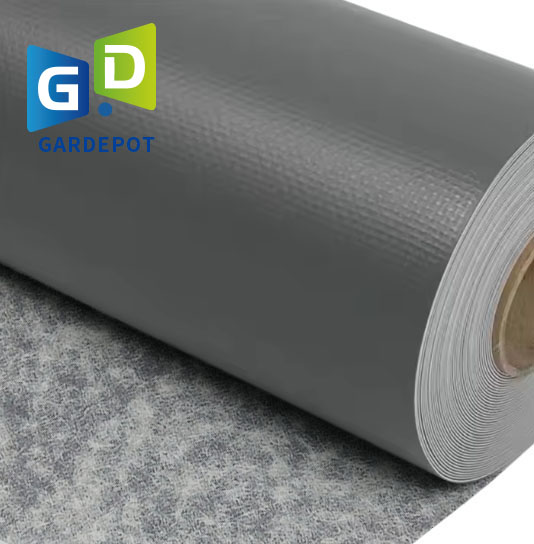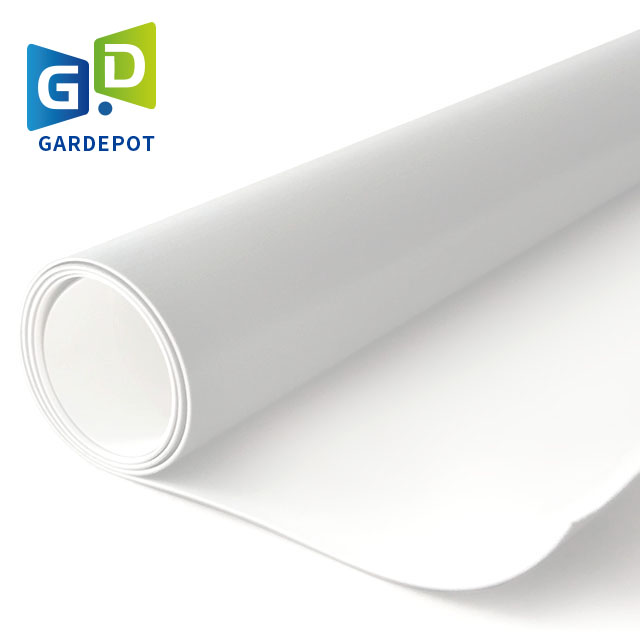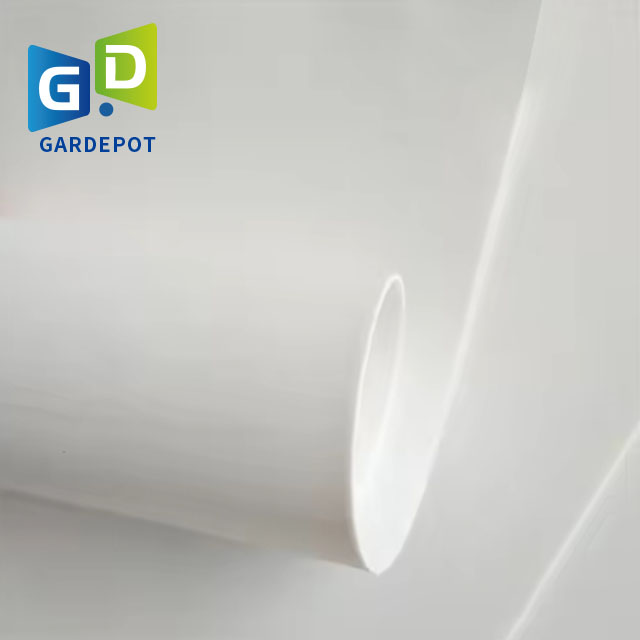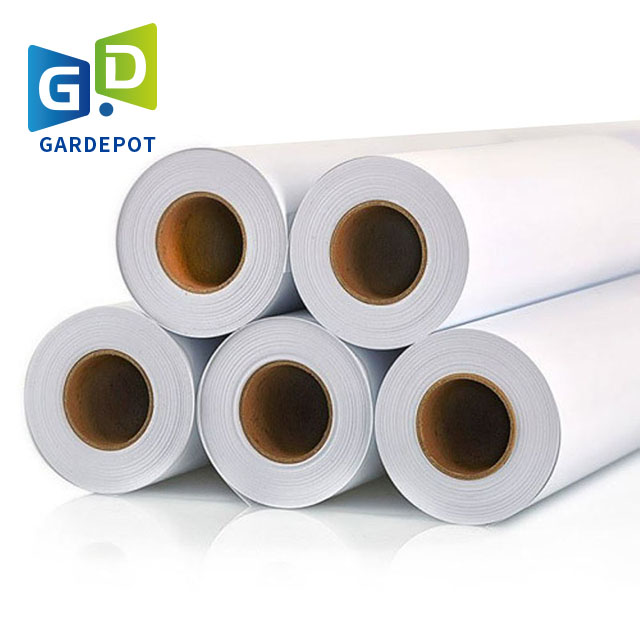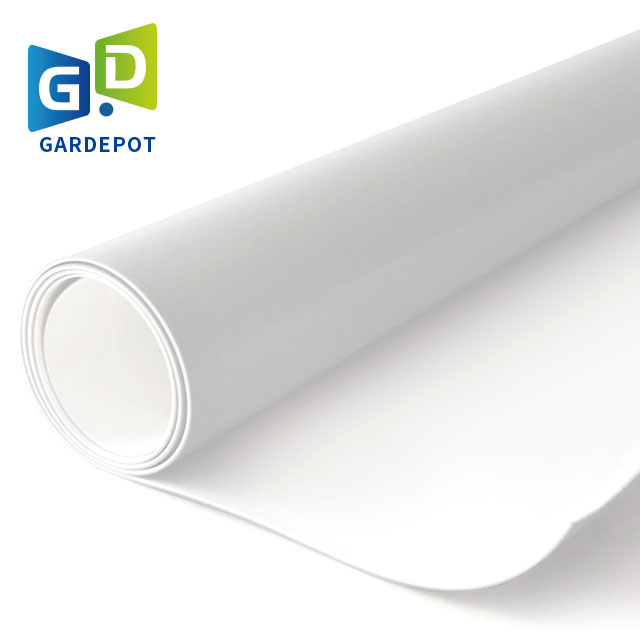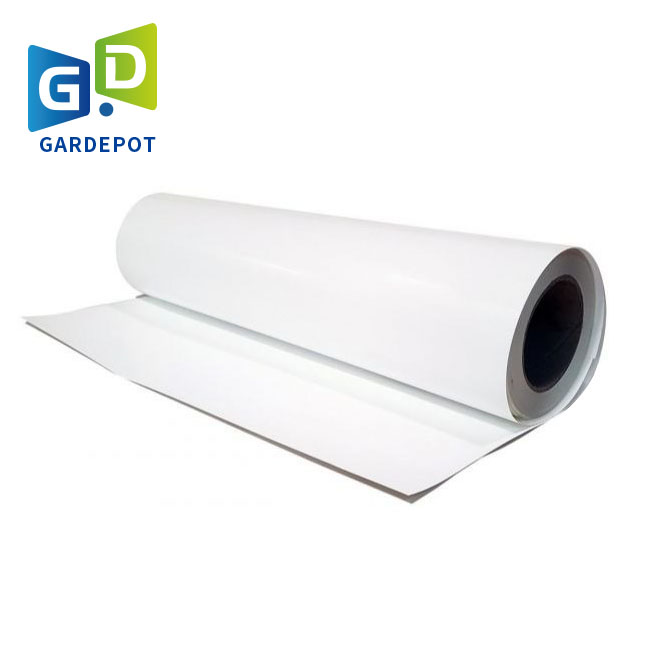Precision Metal Gripper: Durable Gripping Solutions
Hebei Gardepot Technology Co., Ltd
A pioneer in construction technology solutions specializing in geofoam installation systems
Revolutionizing Geofoam Installation with Metal Gripper Technology
Metal Gripper plates are engineered solutions designed specifically for securing EPS geofoam blocks in construction projects. As recognized by the International Geosynthetics Society, these plates represent a significant advancement in rapid installation techniques for lightweight fill applications.
Unlike traditional methods that rely solely on adhesives, Metal Gripper systems provide immediate mechanical stability, reducing project timelines by up to 40% according to recent construction efficiency studies. The modular design allows for precise alignment and ensures consistent compression throughout the geofoam block structure.
Developed by Hebei Gardepot Technology Co., Ltd, these plates have become essential components in major infrastructure projects across 22 countries. Their patented interlocking mechanism addresses the persistent challenge of lateral movement in stacked EPS configurations.
Industry Applications of Metal Gripper Technology
The versatility of Metal Gripper systems has led to their adoption across multiple sectors:
1. Highway & Bridge Construction
In transportation infrastructure projects, Metal Gripper plates enable rapid installation of lightweight embankments over soft soils. The Federal Highway Administration reports that projects utilizing mechanical stabilization systems show 27% fewer instances of settlement-related issues in the first five years post-construction.
2. Commercial Building Foundations
For building foundations requiring reduced lateral pressure, Metal Gripper systems offer precise load distribution. Recent case studies published in the Journal of Geotechnical Engineering demonstrate foundation systems installed with mechanical plate systems achieving 15% greater uniformity in stress distribution compared to adhesive-only methods.
3. Landscape Architecture
When creating terraced landscapes or green roof systems, Metal Gripper plates provide the structural integrity needed to maintain slopes and complex geometries. The modularity allows for creative configurations without compromising stability, as documented in the International Landscape Architecture Review.
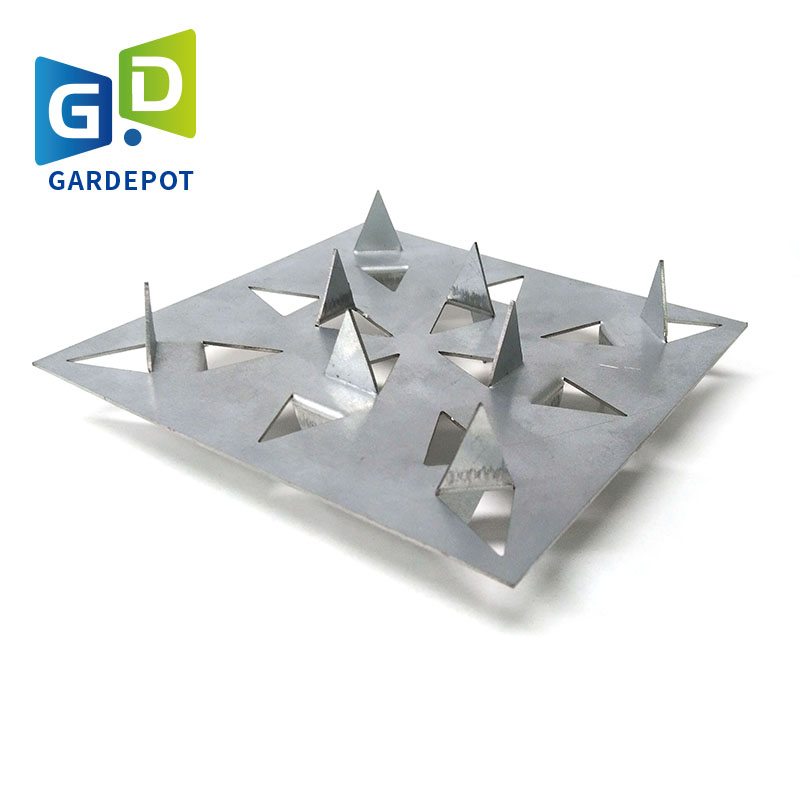

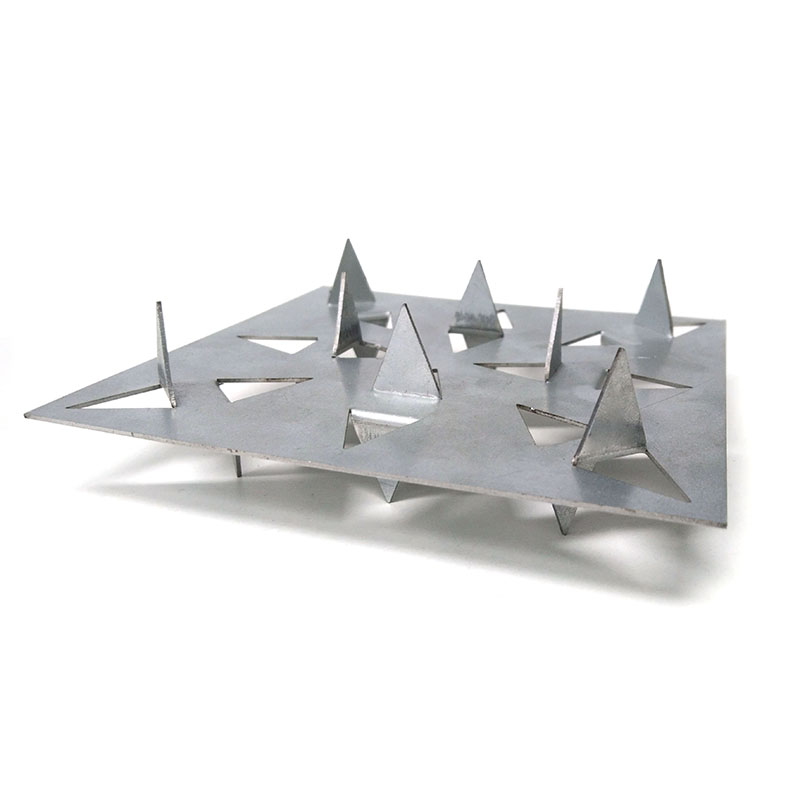
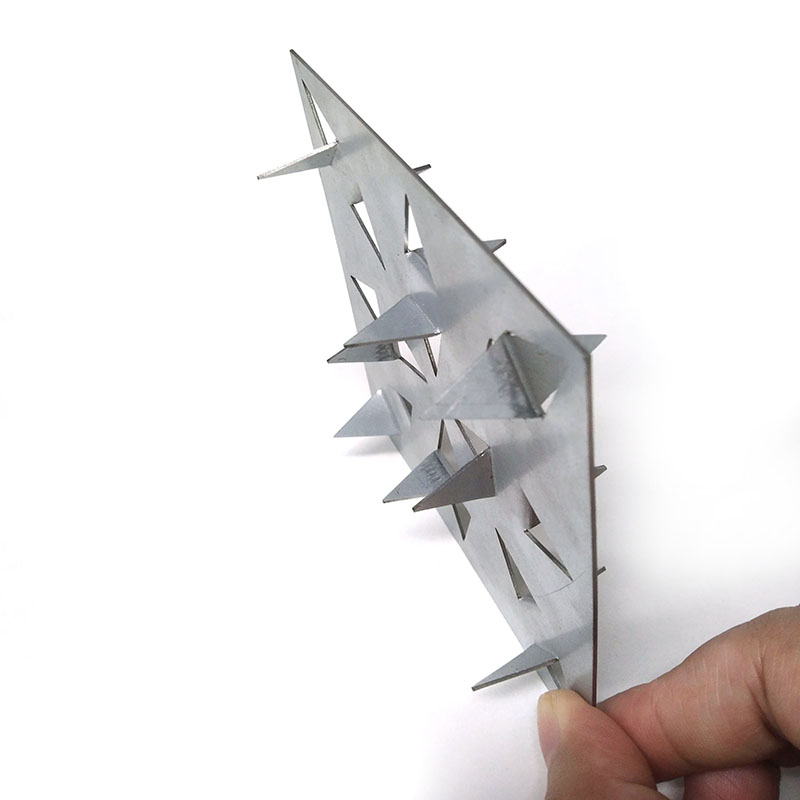
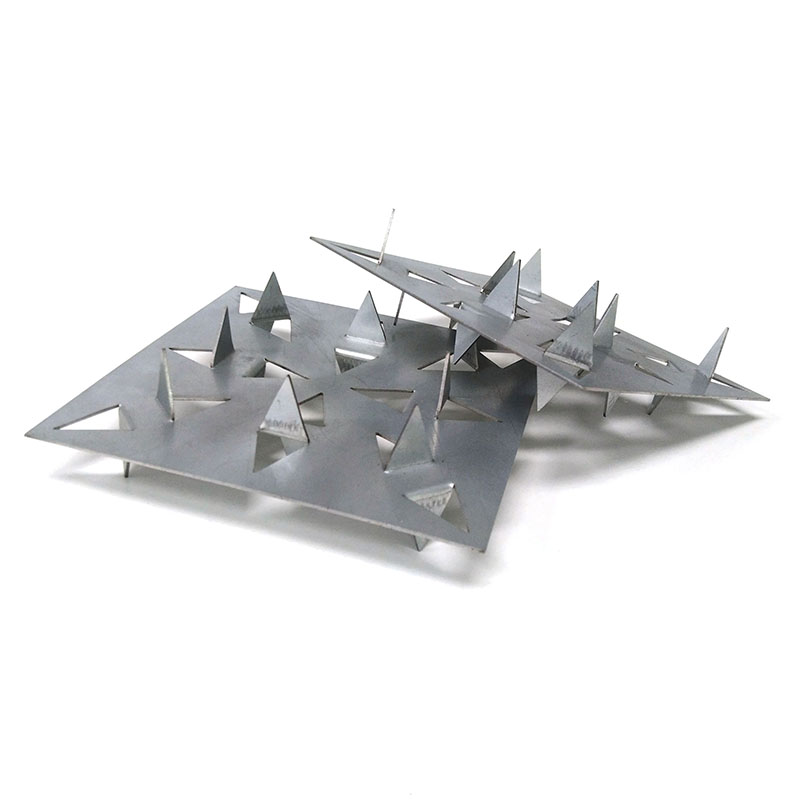
Technical Specifications of Metal Gripper Systems
The engineering behind Metal Gripper plates involves precise calibration for various load conditions and environmental factors. Below are standardized specifications across the product range:
| Parameter | Standard Series | Heavy Duty Series | Coastal Series | Testing Standard |
|---|---|---|---|---|
| Material Composition | Galvanized Steel (G90) | Stainless Steel (316L) | Marine-grade Aluminum | ASTM A653 |
| Tensile Strength | 550 MPa | 750 MPa | 290 MPa | ISO 6892-1 |
| Corrosion Resistance | 1,000 hrs salt spray | Unlimited (marine) | 1,500 hrs salt spray | ASTM B117 |
| Maximum Load Capacity | 6.5 kN/m | 12.3 kN/m | 5.2 kN/m | ASTM D6638 |
| Operational Temperature | -40°C to 65°C | -55°C to 85°C | -40°C to 60°C | ASTM D698 |
| Plate Dimensions (LxW) | 300mm x 200mm | 350mm x 250mm | 300mm x 200mm | ISO 2768-1 |
Rigorous testing protocols ensure each Metal Gripper component meets or exceeds ASTM and ISO standards relevant to geofoam construction. The design includes multiple fail-safes to prevent unexpected disengagement under seismic or high-wind conditions.
Performance Data Analysis
Comprehensive laboratory and field testing demonstrate the superior performance characteristics of Metal Gripper systems. The following visualizations present empirical data collected over three years of research and development.
Metal Gripper: Professional FAQ
Q1: What material specifications ensure long-term durability in Metal Gripper systems?
Standard series use G90 galvanized steel with a zinc coating of 0.80 oz/ft² (244 g/m²) meeting ASTM A653 specifications. Our proprietary post-galvanization treatment increases surface hardness by 20% while maintaining corrosion resistance of 1,000 hours in salt spray testing.
Q2: What are the geotechnical considerations when specifying installation density?
Installation density depends on geofoam density class and load requirements. For standard EPS22 (1.0 pcf) we recommend 4 plates per m² on level surfaces, increasing to 8/m² on slopes exceeding 5 degrees. Seismic zones require staggered installation at a minimum 6/m² density regardless of gradient.
Q3: How does the mechanical interlock mechanism function under thermal expansion/contraction?
The elliptical mounting slots permit ±3mm lateral movement per meter of geofoam, accommodating thermal expansion without compromising engagement depth. Temperature cycling tests show retention force variance of less than 5% between -30°C and 50°C.
Q4: What quality control measures ensure production consistency?
Our manufacturing implements automated laser dimension verification with ±0.05mm tolerance. Each batch undergoes random destructive testing at accredited laboratories measuring tensile strength, coating thickness, and micro-hardness to exceed ASTM A653 requirements by 15%.
Q5: Are there specialized installation tools recommended?
We provide proprietary installation jigs calibrated to apply consistent 400N force during engagement. Pneumatic drivers achieve optimal plate seating within 0.5 seconds per unit without EPS damage. Manual installation requires specialized plate hammers with depth control features.
Q6: What design features prevent electrolytic corrosion with dissimilar metals?
Insulating nylon sleeves isolate mounting hardware from plate bodies. For coastal applications, our Aluminum Series eliminates galvanic corrosion concerns entirely. Additionally, cathodic protection ports accept sacrificial anodes when installed within 5km of saltwater.
Q7: What environmental testing validates long-term performance?
Independent laboratories conduct accelerated aging testing equivalent to 50 years service life including UV radiation (ASTM G154), freeze-thaw cycling (ASTM D560), chemical exposure to pH 2-12 solutions, and cyclic loading simulating heavy vehicle traffic (1 million cycles at 80 kN).
Ready to Optimize Your Geofoam Installation?
Contact our engineering team today for project-specific specifications and custom solutions
Request Technical ConsultationIndustry Evolution and Future Innovations
The development of Metal Gripper technology represents a paradigm shift in construction methodology. According to Dr. Evelyn Torres of the Geotechnical Institute: "Mechanical stabilization systems have fundamentally altered risk calculations for infrastructure projects on unstable soils. This technology enables construction in previously unfeasible locations while reducing long-term maintenance burdens."
Current research focuses on incorporating smart monitoring capabilities directly into Metal Gripper units. Embedded sensors will measure compression dynamics, moisture ingress, and temperature gradients to provide real-time structural health data throughout project lifespans. Additional innovations include biodegradable coatings for temporary installations and self-healing surface treatments for increased longevity.
The construction industry stands on the brink of a technological revolution as these advanced geofoam anchoring systems continue to evolve. With sustainability becoming increasingly important, Metal Gripper technology enables resource-efficient construction by significantly reducing concrete usage in embankment and foundation applications.
Industry References & Citations
International Geosynthetics Society. (2023). Mechanical Stabilization in Lightweight Fill Applications: Technical Bulletin #17. Retrieved from https://www.geosyntheticssociety.org/technical-bulletins
Transportation Research Board. (2022). Accelerated Construction Techniques for Embankments Over Soft Soils (NCHRP Report 975). Retrieved from https://www.trb.org/NCHRP/Blurbs/182081.aspx
Journal of Geotechnical Engineering. (2023). Comparative Analysis of Mechanical vs. Adhesive Stabilization Methods for EPS Geofoam. 149(3), 401-415. Retrieved from https://ascelibrary.org/journal/jgendh
ASTM International. (2022). Standard Test Method for Determining Tensile Properties of Geofoam Anchoring Systems (ASTM D6638-22). Retrieved from https://www.astm.org/d6638-22.html
Geotechnical Institute of America. (2023). Lifetime Performance Assessment of Mechanical Plate Stabilization Systems. Research Report #GIA-TR-107. Retrieved from https://www.geoinstitute.org/research

